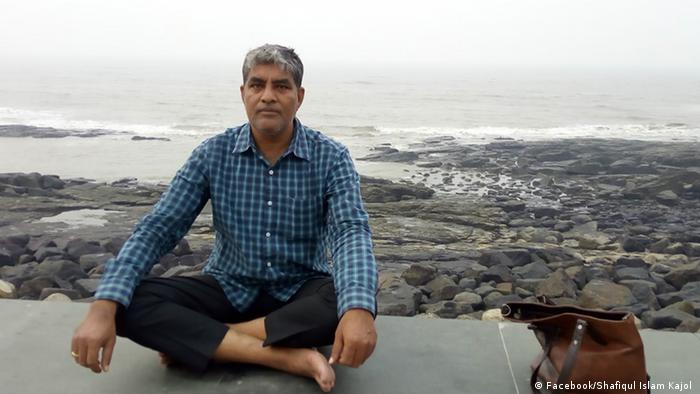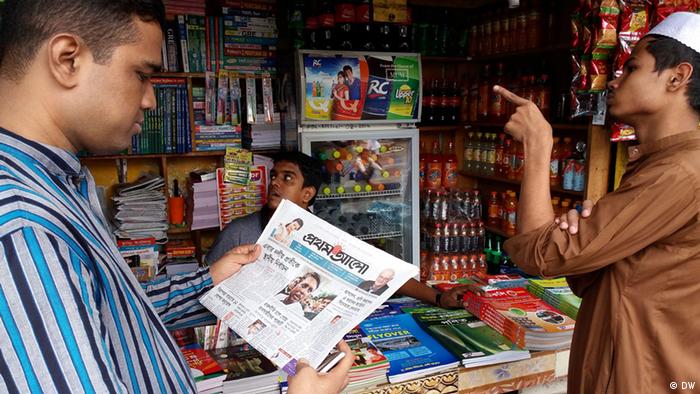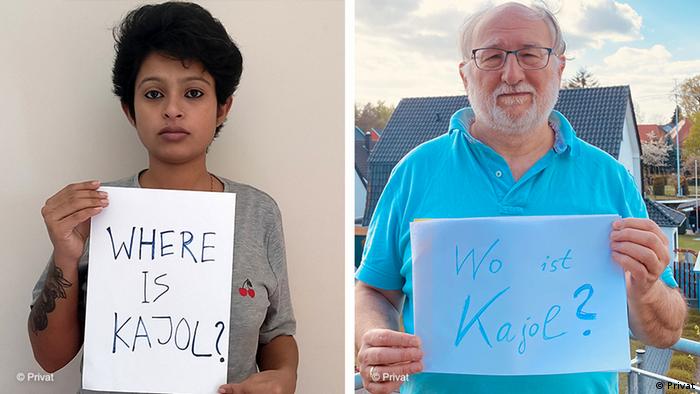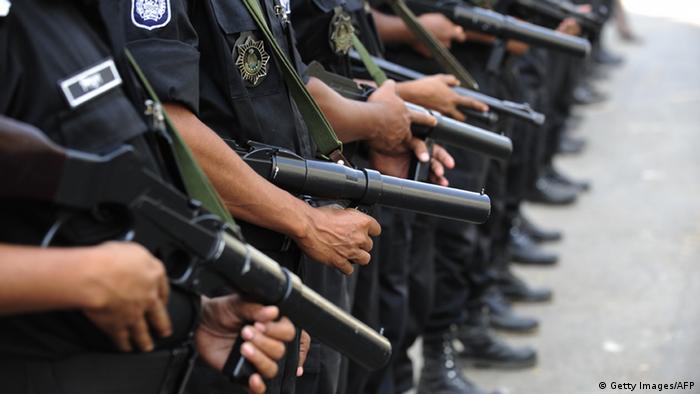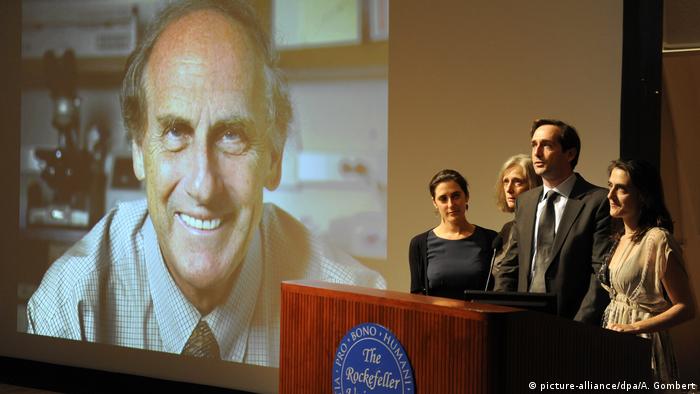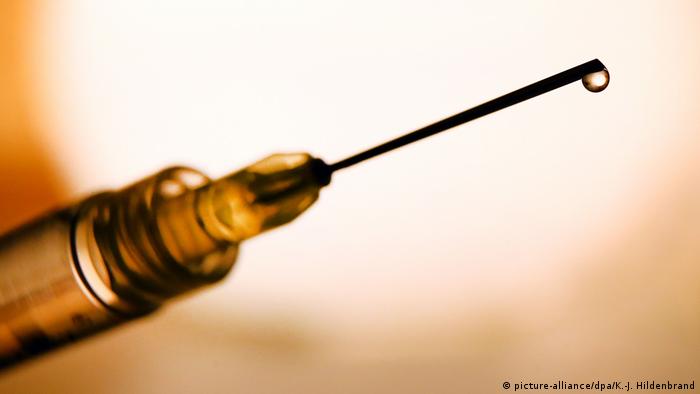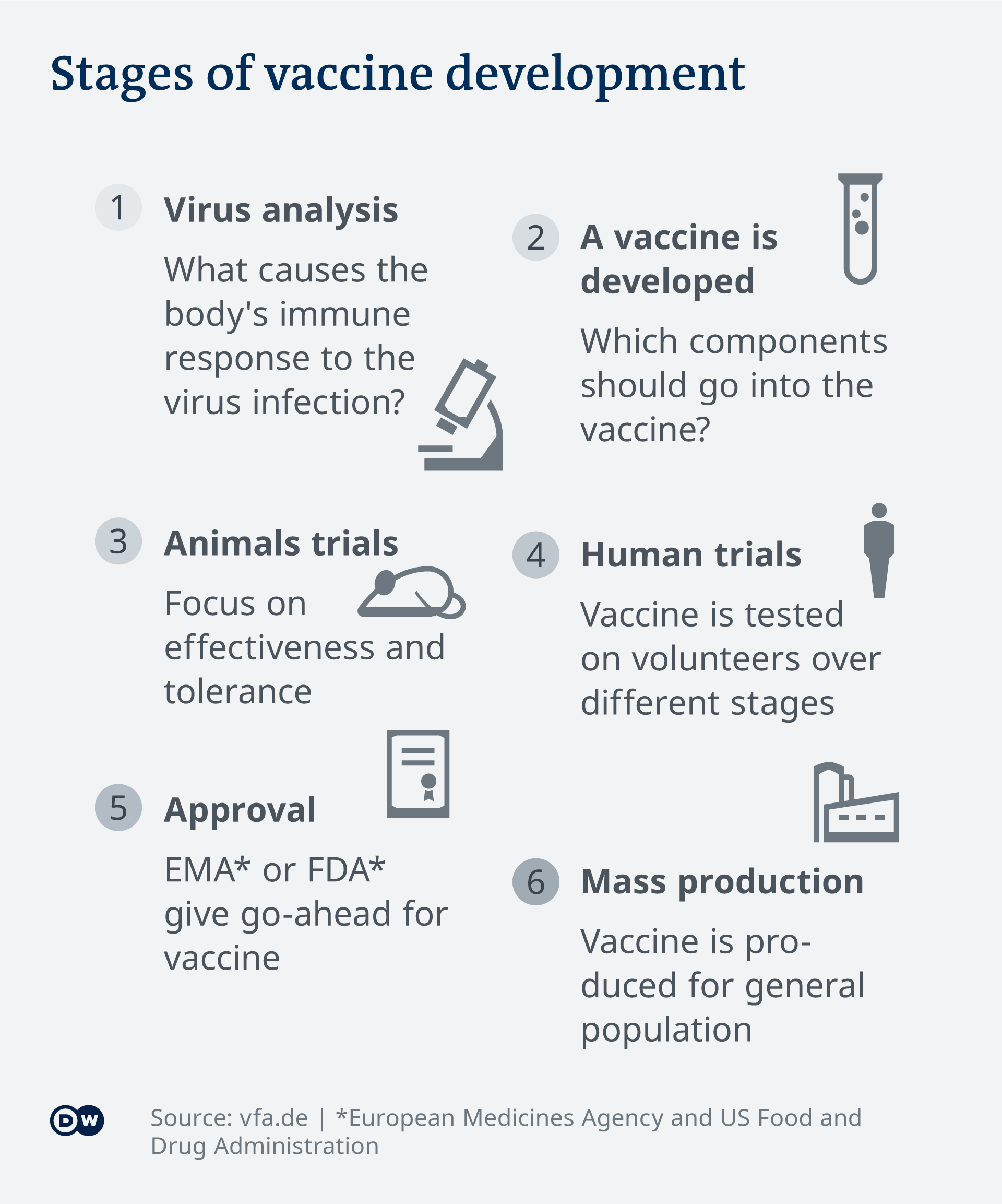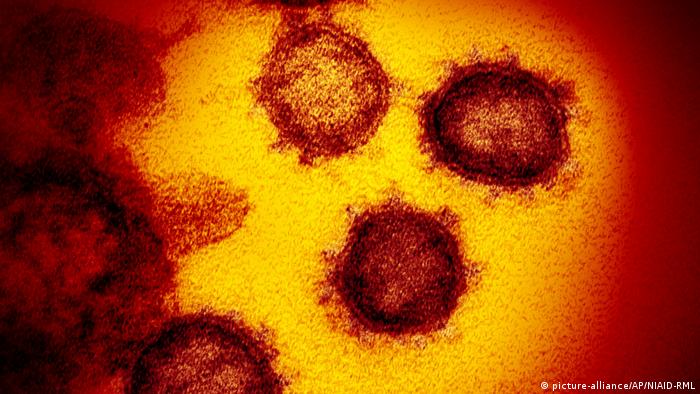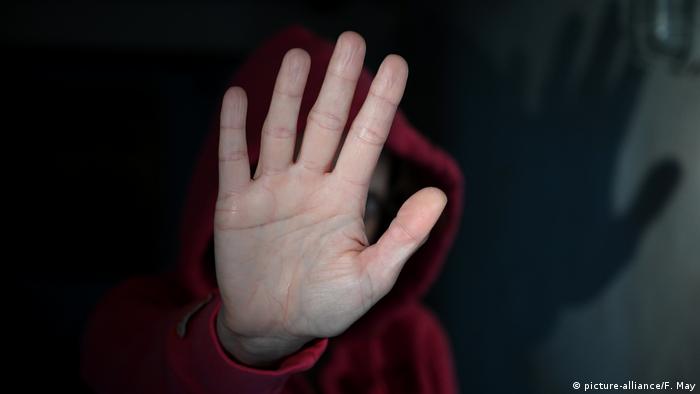Gallup: Majority of Americans support independent Palestinian state
April 22 (UPI) -- For the first time in eight years, a majority of Americans support an independent Palestinian state, a Gallup poll released Wednesday indicates.
The survey found that 55 percent of Americans support an independent state on the West Bank and Gaza Strip, while 34 percent don't. Ten percent have no opinion on the matter, the lowest figure in that category since Gallup began asking the question in 1999.

Support for an independent Palestine has grown over the past several years after reaching 51 percent in 2012 and dropping down to less than 45 percent in the middle of the decade. Fifty percent of Americans supported the cause in 2019, while 39 percent did not.
Americans showed their highest support in the 2003 poll at 58 percent and lowest support in 2000 at 40 percent.
RELATED Israel demolishes several buildings near West Bank settlements
The greatest increase in support compared to 2019 came from those 55 and older (14 percent), Republicans (11 percent), those with some college (11 percent) and those who consider themselves to be moderate (10 percent).
Democrats are more likely to support an independent state (70 percent) than Republicans (44 percent) and Independents (57 percent).
Still, all Americans are more likely to sympathize with Israelis than with Palestinians in the Middle East conflict. Sixty percent of Americans back Israelis, 23 percent Palestinians, and 17 percent support both, neither or are unsure. Support for Israelis and Palestinians both saw an increase in 2020 compared to 2019.
The greatest increase in support compared to 2019 came from those 55 and older (14 percent), Republicans (11 percent), those with some college (11 percent) and those who consider themselves to be moderate (10 percent).
Democrats are more likely to support an independent state (70 percent) than Republicans (44 percent) and Independents (57 percent).
Still, all Americans are more likely to sympathize with Israelis than with Palestinians in the Middle East conflict. Sixty percent of Americans back Israelis, 23 percent Palestinians, and 17 percent support both, neither or are unsure. Support for Israelis and Palestinians both saw an increase in 2020 compared to 2019.
RELATED Palestinian leaders warn Israel's new gov't against more annexation
Seventy-four percent of Americans view Israel favorably and 23 percent view the Palestinian Authority favorably, both up from 69 percent and 21 percent, respectively, in 2019.
Gallup surveyed 1,028 American adults from Feb. 3-16 for the poll, which has a margin of error of 4 percent at the 95 percent confidence level.
Palestinians celebrate Ramadan 2020

A Palestinian boy showcases Chinese-made "fanous" lanterns for sale in Khan Yunis in the southern Gaza Strip on Wednesday. The lanterns are used as decoration to celebrate the start of Ramadan. Photo by Ismael Mohamad/UPI | License Photo
Seventy-four percent of Americans view Israel favorably and 23 percent view the Palestinian Authority favorably, both up from 69 percent and 21 percent, respectively, in 2019.
Gallup surveyed 1,028 American adults from Feb. 3-16 for the poll, which has a margin of error of 4 percent at the 95 percent confidence level.
Palestinians celebrate Ramadan 2020

A Palestinian boy showcases Chinese-made "fanous" lanterns for sale in Khan Yunis in the southern Gaza Strip on Wednesday. The lanterns are used as decoration to celebrate the start of Ramadan. Photo by Ismael Mohamad/UPI | License Photo
---30---




